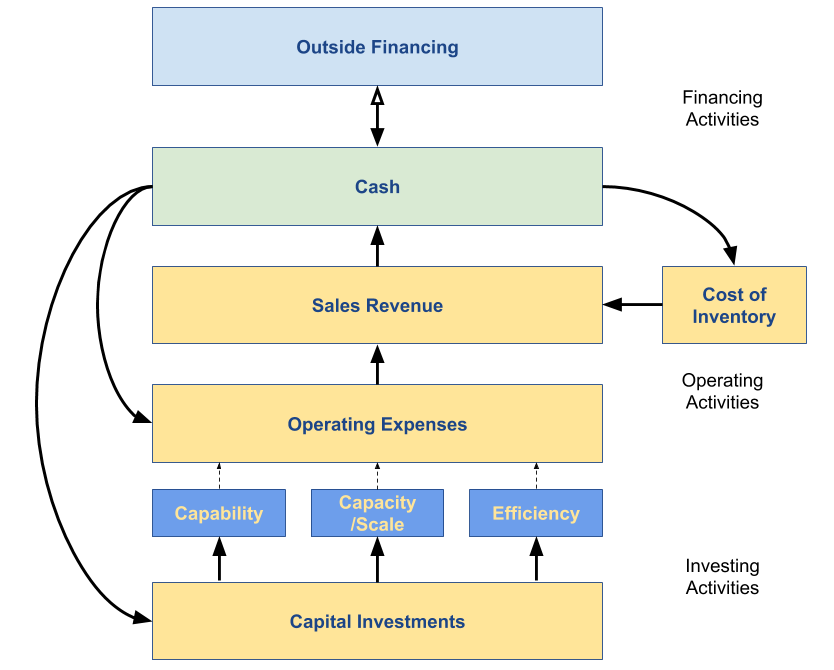Connected Intelligence is Disruptive
Almost exactly thirteen years ago I published a book about the Mobility Revolution. In the following years I was often asked “what is the next technology revolution?” For the past several years I’ve been talking about and writing about the Connected Intelligence Revolution, which I define as “the collision of advanced data processing technologies with massive amounts of available data, resulting in new ways that we see the world, anticipate the future, make decisions, and take action”.
As I work with and talk to companies and leaders across industries, the level of strategic challenge and disruption caused by the Connected Intelligence Revolution is becoming more apparent to more people. Over the coming days and weeks, this disruption will be an increased focus here at ClearPurpose, starting this week with a few observations of how Connected Intelligence is already changing how I, as a somewhat typical consumer, interact with the world around me.
For example, a year or so ago I upgraded our in-ground sprinkler controller to one from Rachio. Rachio has truly embraced the capabilities of the Mobility Revolution, replacing all controls and displays on the device with WiFi connectivity and an easy-to-use mobile app. The company has also fully embraced the Connected Intelligence Revolution, combining information I provide about the plants, soil type, and ground slope in each zone with historical weather information for my area, and weather forecasts for the next couple of days, to decide which zones to run for how long each day.
This innovation has changed the rules of competition in the residential irrigation industry and surrounding ecosystem. In this article I explore the strategic implications for industry incumbents, the sprinkler service industry, and even Rachio itself as the company wrestles with network connectivity, security, and the need for a different business model.
Connected Intelligence is Disruptive Read More »










